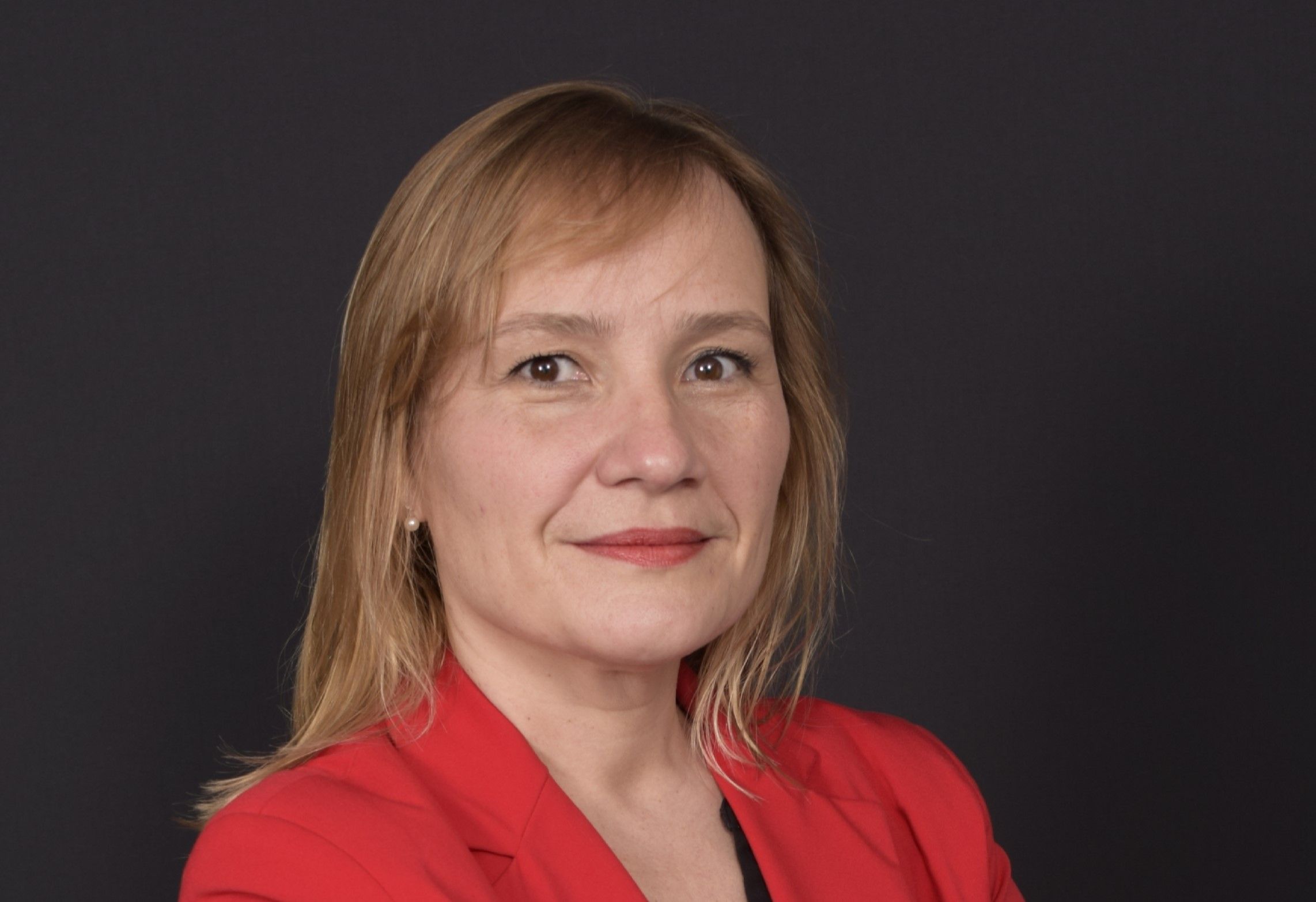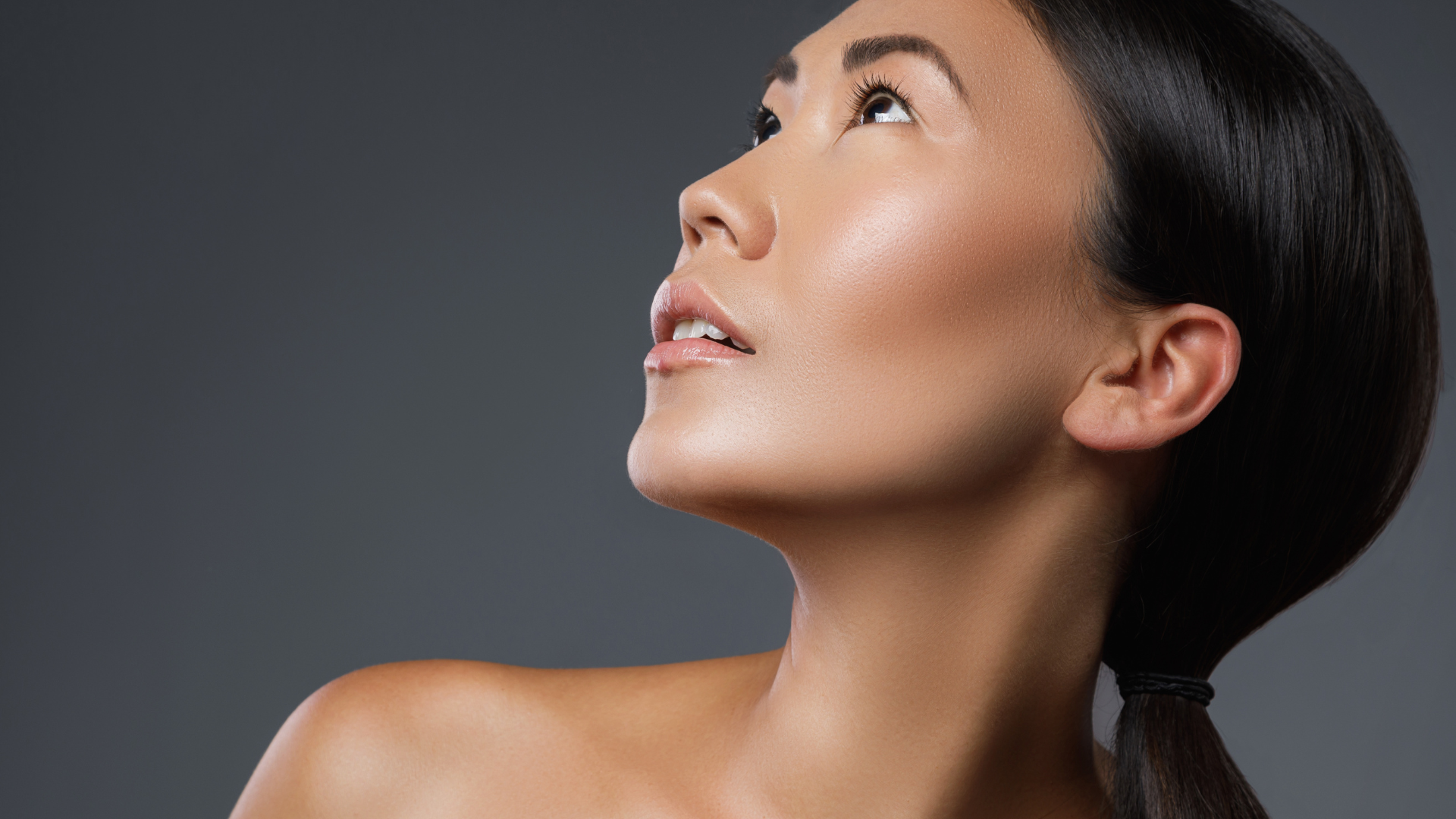The Chinese cosmetics market is undergoing a dynamic transformation, characterised by a differentiation of consumption reflecting the economic diversity of its consumers, a notable boost of national brands versus international brands, and a strategic adjustment of global brands to resonate with the specificities of the local market. These trends, together with the growing importance of emotional value in the marketing of beauty products, the evolution of sales channels, the rise of personalised cosmetic services, and the implementation of stricter regulations, paint a complex and evolving picture.
- Consumer differentiation: Income segments show a pattern of divergence, with high-income consumers prioritising luxury products and middle- and low-income consumers seeking practicality and value for money.
- Resilient momentum of Chinese cosmetics brands: Despite the overall market falling short of expectations in 2023, Chinese brands demonstrated remarkable strength and growth, gaining ground against international brands and consolidating their market presence.
- Adapting to the Chinese market for international beauty brands: Brands are adjusting their research, production and distribution strategies to meet the specific needs of the Chinese market.
- Synergy between emotional and value: Brands are increasingly incorporating emotional value into their products to better connect with consumers, especially the younger generation. For example, some brands are launching products focused on "emotional skin care" or promoting brand philosophies that resonate with young people's concerns and values.
- Beauty sales channel dynamics: Ecommerce channels are undergoing significant changes, with online traffic increasing and the value of offline channels being rethought. Platforms such as Douyin are gaining ground in online cosmetics sales, while others such as Xiaohongshu are moving away from "price wars" to target high-consumption demographics.
- Strategic focus on personalised cosmetic service: Brands are offering personalised cosmetic services to enhance the consumer experience, leveraging innovative technologies to offer more targeted solutions. The implementation of personalised cosmetic services is gaining momentum with regulatory support and the introduction of advanced technologies in the market.
- Stricter compliance requirements: Regulations are increasing, prompting brands to provide more detailed information on the safety of their products and to comply with more stringent standards. This includes submission of full safety assessment reports for cosmetic products and compliance with new product-specific regulations for products such as children's cosmetics and beauty devices.

